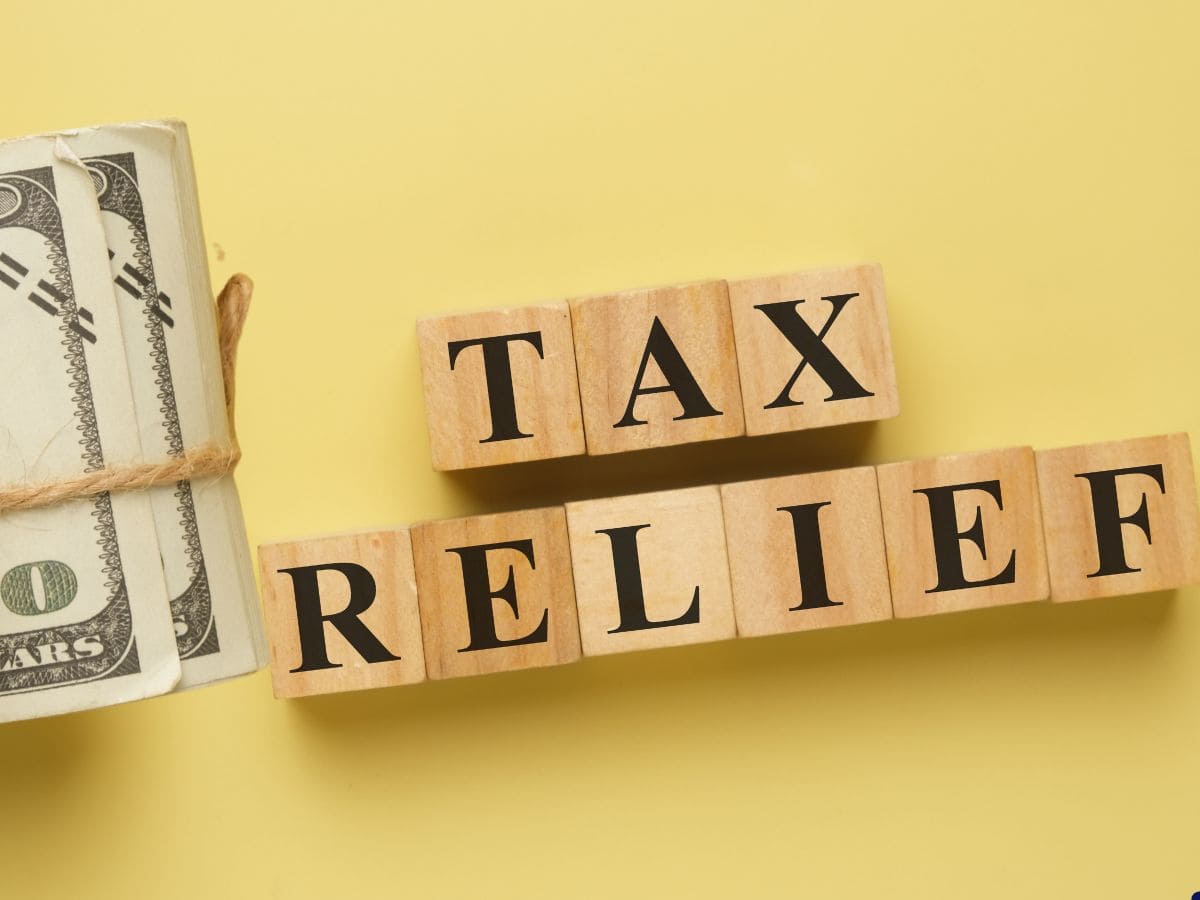The State of Arkansas, in the United States, has been declared a disaster area following the tornadoes, severe storms, and flooding that began on April 2, 2025. In response, the Internal Revenue Service (IRS) has announced tax relief measures for affected individuals and businesses, extending federal tax filing and payment deadlines.
This measure benefits all taxpayers located in the 75 counties of Arkansas officially recognized by the Federal Emergency Management Agency (FEMA). This includes both individuals and businesses, with no formal application required to access relief if the address on file with the IRS is in the affected area.
The new deadlines are intended to provide a window of financial relief as recovery continues. The general deadline for meeting tax obligations has been extended to November 3, 2025, allowing many citizens to reorganize their finances in the wake of the emergency.
What does the IRS tax relief for Arkansas cover?
The tax relief announced by the IRS applies to all federal returns and payments originally due between April 2 and November 3, 2025. During this deferral period, taxpayers will have additional time to catch up on their obligations without facing additional penalties or interest.
Victims of severe storms that began on Apr. 2, 2025 in Arkansas now have until Nov. 3, 2025 to file various #IRS individual and business tax returns and make payments. Learn more: https://t.co/3iJxnLCYo3 pic.twitter.com/cr3K4tMDCI
— IRSnews (@IRSnews) April 23, 2025
The dates and payments covered by the measure include:
- Form 1040 returns and payments originally due on April 15.
- Contributions to IRAs and health savings accounts (HSAs) for 2024.
- Quarterly estimated payments due on April 15, June 16, and September 15.
- Payroll and special tax returns due on April 30, July 31, and October 31.
- Annual returns for businesses and trusts due on April 15.
- Nonprofit organization returns originally due on May 15.
In addition, penalties for payroll and other special taxes due between April 2 and April 17 will be waived if payment is made by April 17.
Additional help and deductions for disaster losses
Taxpayers may also choose to claim uninsured or unreimbursed losses due to the natural disaster. These can be applied to either the 2025 return (due next year) or the 2024 return, if preferred. In either case, they must indicate the FEMA 3627-EM return number on their tax return.
Another form of support is the possibility of excluding disaster relief payments received from government agencies from gross income. These funds can be used to cover personal, family, funeral, or home repair and rehabilitation expenses.
Taxpayers with retirement accounts or IRAs may also have access to special disaster distributions without facing the additional 10% early withdrawal penalty. In certain cases, that income may be spread out over three years or a hardship withdrawal may be made, if the plan allows it.
For those who do not directly qualify for this help, the IRS reminds them that they may still request a waiver of penalties for reasonable cause. All additional details about this and other forms of relief are available at IRS.gov.








